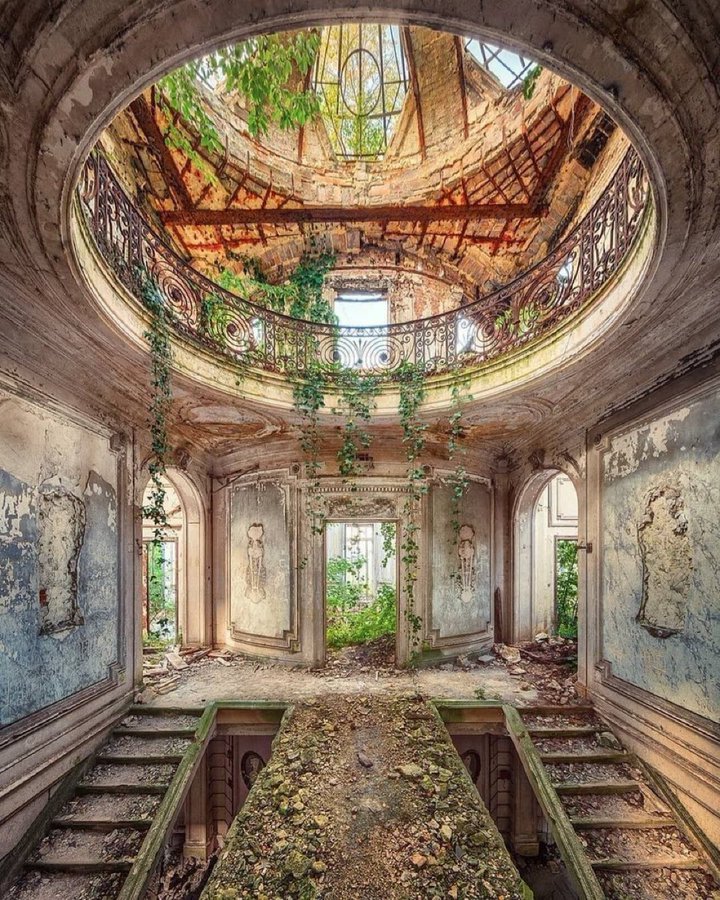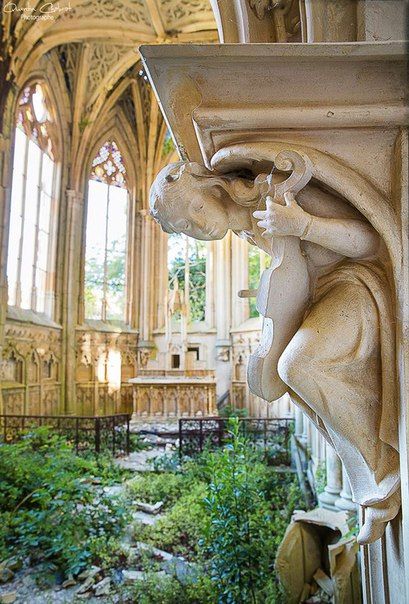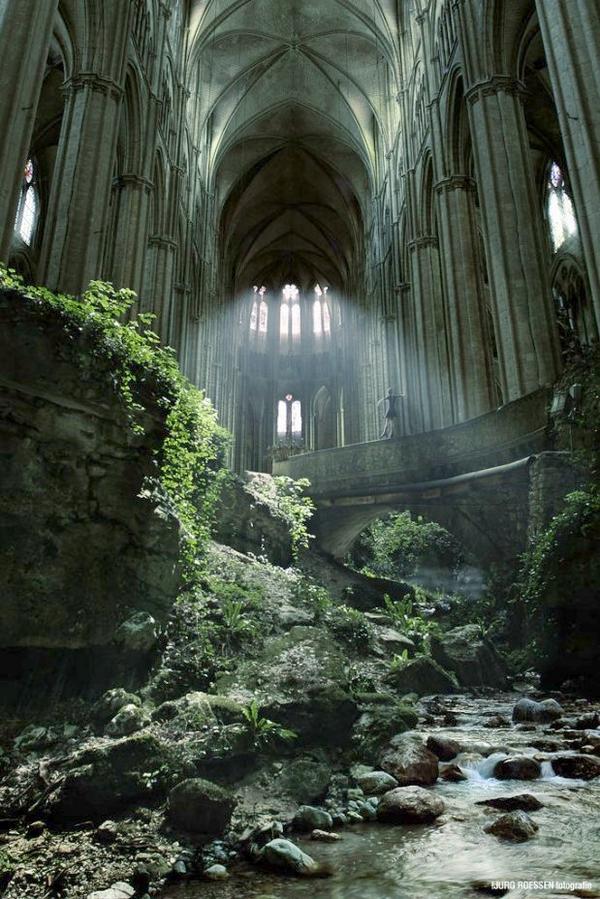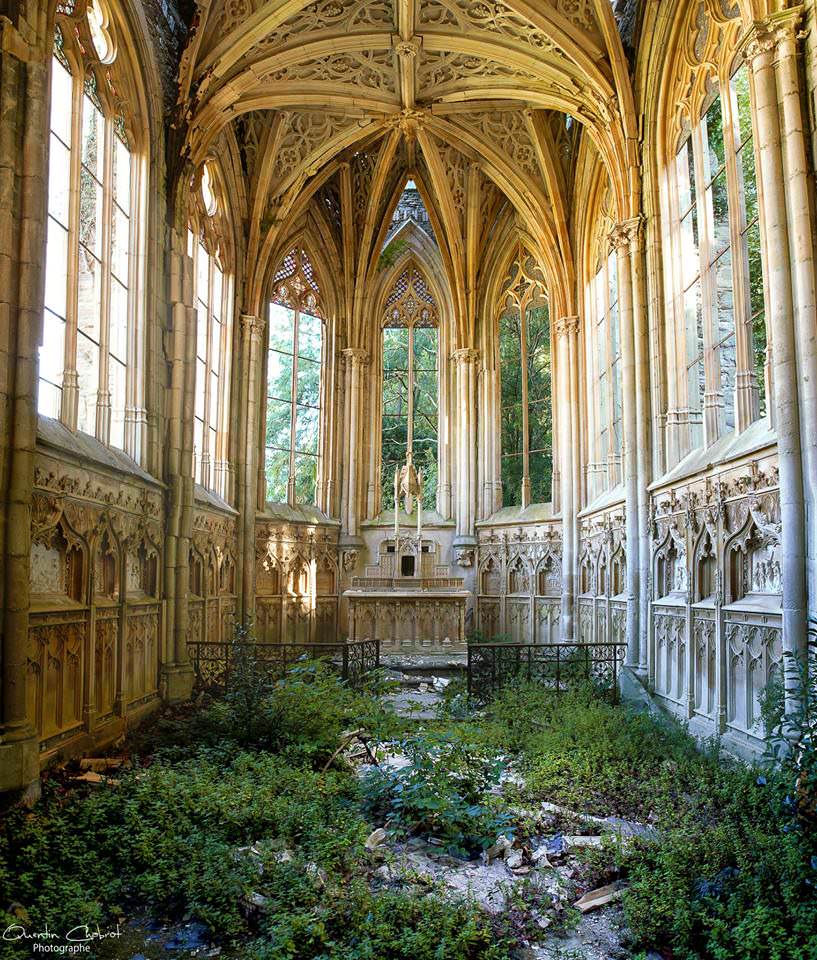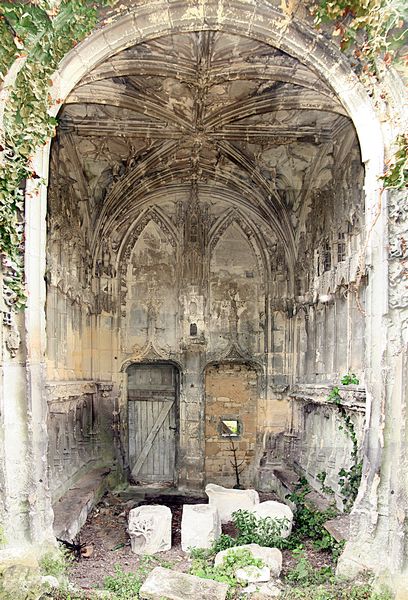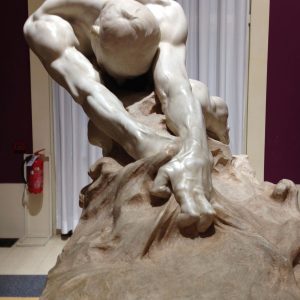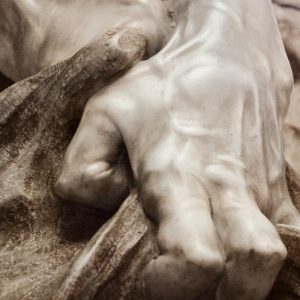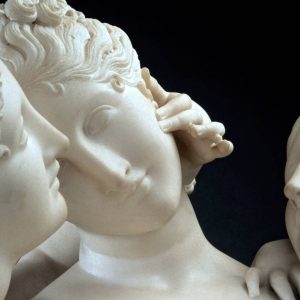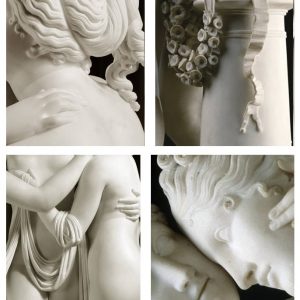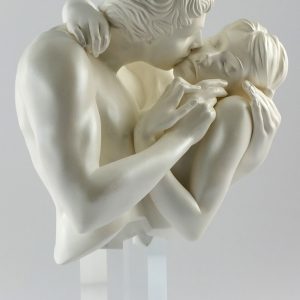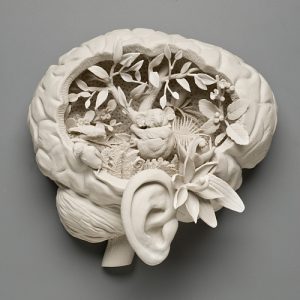Nestled in the heart of Caen, Calvados, France, The Church of Saint-Étienne-le-Vieux (also known as Old Saint Stephen’s) is a former Catholic. This historic religious edifice has stood the test of time, bearing witness to the rich history and architectural heritage of the region. It is sometimes confused with the Church of Saint-Étienne, a nearby church of the former Abbaye aux Hommes, but the Church of Saint-Étienne-le-Vieux has its own unique story to tell.
Today standing in partial ruins, the Church of Saint-Étienne-le-Vieux was classified as a historical monument in 1840, recognizing its significance as a piece of Caen’s cultural heritage. However, due to its degradation and deteriorating condition, the church was closed to the public in 1844, leaving it to stand as a silent reminder of its former glory.
Built in the 10th century AD as a Romanesque monastic chapel, the Church of Saint-Étienne-le-Vieux has weathered the storms of time, its sturdy stone walls and rounded arches characteristic of the era. The church’s early years were marked by the simple yet elegant Romanesque style, which emphasized strength and durability in construction.
However, the Church of Saint-Étienne-le-Vieux faced its greatest challenges during the tumultuous period of the Hundred Years’ War. The church was severely damaged during the English sieges of 1346 and 1417, its once-proud walls reduced to rubble. Despite the devastation, the resilient people of Caen refused to let this sacred space fade into obscurity.
Rebuilt and reconstructed in Gothic style during the ensuing English occupation in the 15th century, the Church of Saint-Étienne-le-Vieux underwent a significant transformation. The new design featured pointed arches, ribbed vaults, and larger windows that allowed more light to flood the interior, creating a sense of heightened spirituality and grandeur. The Gothic additions to the church showcased the evolving tastes and techniques of medieval architecture, while still preserving the original Romanesque foundation.
Despite its rebirth in the Gothic style, the Church of Saint-Étienne-le-Vieux continued to face challenges in the centuries that followed. The church was finally decommissioned in 1793, during the tumultuous years of the French Revolution, and its doors were closed to the faithful. When it was not reinstated for worship in 1802, the structure and surrounding gardens fell into disrepair, a victim of neglect and the passage of time.
For a brief period, the church was used by city authorities to store architectural fragments, housing pieces of Caen’s history within its ancient walls. These fragments remained in the church until they were transferred to a museum in 1926, allowing them to be properly preserved and displayed for future generations.
Tragedy struck the Church of Saint-Étienne-le-Vieux once more in 1944, during the heat of World War II. In 1944 the nave of the church was terribly damaged when a shell accidently hit it. The shell was intended for a column of German tanks parked in close proximity, but its impact on the already fragile structure was devastating. This unfortunate event added another layer to the church’s history, serving as a reminder of the destructive power of war and its impact on cultural heritage.
Despite the efforts to classify the Church of Saint-Étienne-le-Vieux as a historical monument, the church was never restored, and has not been opened to the public, either. Its doors remain closed, and the once-thriving gardens that surrounded the church have long since been reclaimed by nature. Yet, even in its current state of partial ruin, the church continues to inspire and captivate those who lay eyes upon it.
The Church of Saint-Étienne-le-Vieux stands as a powerful symbol of the enduring spirit of Caen and its people. Through centuries of war, destruction, and neglect, this remarkable structure has persevered, offering a glimpse into the city’s rich history and architectural legacy. Its Romanesque foundations and Gothic additions tell the story of a building that has adapted and evolved, mirroring the resilience of the community it has served for over a thousand years.
As historians and architecture enthusiasts continue to study and admire the Church of Saint-Étienne-le-Vieux, it is crucial to remember the importance of preserving such cultural treasures. By safeguarding these timeworn structures, we not only honor the craftsmanship and dedication of those who built them but also ensure that future generations can continue to learn from and be inspired by the stories they hold.
In conclusion, the Church of Saint-Étienne-le-Vieux in Caen, France, may stand in partial ruin, but its significance and beauty remain undiminished. This ancient structure serves as a poignant reminder of the city’s rich history, the resilience of its people, and the enduring power of architecture to tell the stories of our past. As we continue to explore and appreciate the Church of Saint-Étienne-le-Vieux, we pay tribute to the countless generations who have shaped its story and ensure that its legacy will endure for centuries to come.

